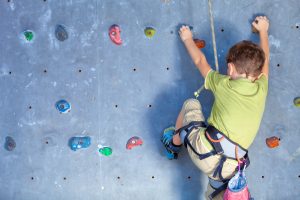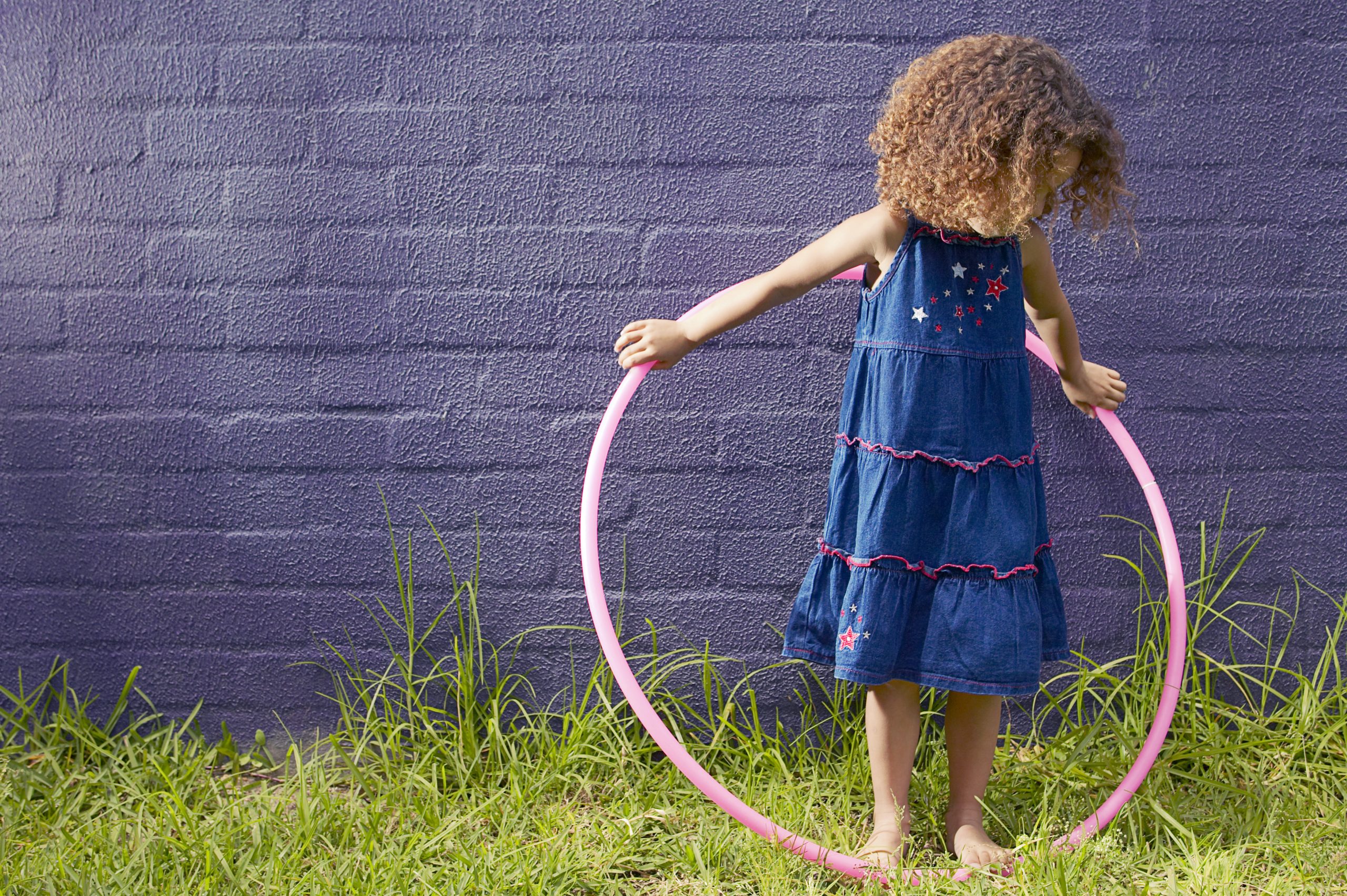 No one would question that physical activity is important in children for many reasons, but the conundrum comes in as to what sort of physical exercise and how much is good for the different age groups.
No one would question that physical activity is important in children for many reasons, but the conundrum comes in as to what sort of physical exercise and how much is good for the different age groups.
Lee Holmes, nutritionist and author of superchargedfoods.com, agrees, saying it keeps them fit and trim; is good for cardiovascular health, required growth and development, flexibility, balance and coordination, relaxation and stress relief; the development of gross and fine motor skills and acceptable posture; lower chance of getting type 2 diabetes and other diseases; opportunity to be social and learn the rules of the physical and social game; better behaved; better able to sleep; and better able to overcome physical and emotional hurdles.
Ms Holmes especially highlights the role exercise plays in improved concentration and cognition in kids.
According to Lia Mahony, pharmacist at Tamworth Discount Drugstore in NSW, parents are role models and should be encouraged to develop a healthier lifestyle overall through something as simple as exercise and to limit the amount of time their kids spend in front of screens.
 How much exercise is enough?
How much exercise is enough?
Generally the rule of thumb for exercise is that young children should not be sedentary for more than an hour unless they’ve gone to sleep and children who attend school should not be sedentary for more than two hours.
Toddlers specifically should play actively for at least an hour everyday and preschool children should play actively for two hours, says Ms Holmes.
Parents should encourage kids to do different exercises that increase endurance such as aerobic activity, bicycling, swimming, and running; strength through push-ups or similar activities; and flexibility through climbing, handstands and similar activities.
Ms Mahoney points out that schools have well-thought-out exercise routines built into their structure from organised, coordinated sport to unorganised play activity during recess and lunch where children are motivated to have incidental exercise.
Pharmacy involvement
Pharmacists and pharmacy assistants can help kids to become more active by being involved in the community and with their customers in their role as trusted advisors.
Ms Holmes feels pharmacies could offer an interactive tool that provides information that encourages children to exercise.








